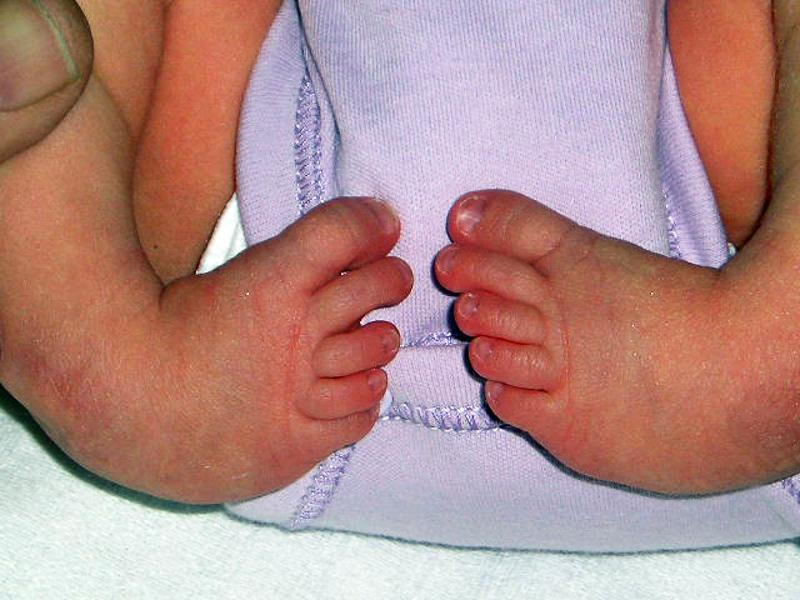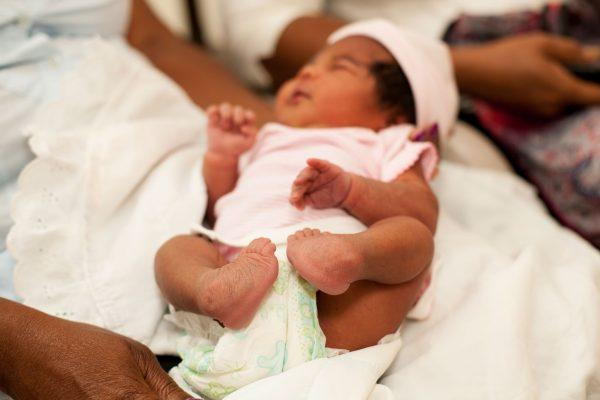CLUBFOOT - SYMPTOMS, CAUSES AND TREATMENT
posted: Aug. 01, 2018.

What is Clubfoot?
Clubfoot describes a range of foot abnormalities usually present at birth (congenital) in which your baby's foot is twisted out of shape or position. In clubfoot, the tissues connecting the muscles to the bone (tendons) are shorter than usual. Clubfoot is a fairly common birth defect and is usually an isolated problem for an otherwise healthy newborn.
Clubfoot can be mild or severe. About half of children with clubfoot have it in both feet. If your child has clubfoot, it will make it harder to walk normally, so treatment is generally recommend soon after birth.
Clubfoot is not painful during infancy. However, if your child's clubfoot is not treated, the foot will remain deformed, and he or she will not be able to walk normally. With proper treatment, however, the majority of children are able to enjoy a wide range of physical activities with little trace of the deformity.
Most cases of clubfoot are successfully treated with nonsurgical methods that may include a combination of stretching, casting, and bracing.
Causes and Risk Factors
- Family history. If either of the parents or their other children have had clubfoot, the baby is more likely to have it as well.
- Congenital conditions. In some cases, clubfoot can be associated with other abnormalities of the skeleton that are present at birth (congenital), such as spina bifida, a serious birth defect that occurs when the tissue surrounding the developing spinal cord of a fetus doesn't close properly.
- Environment. If a woman with a family history of clubfoot smokes during pregnancy, her baby's risk of the condition may be double that of nonsmokers. Also, getting an infection or using recreational drugs during pregnancy can increase the risk of clubfoot.
- Manipulation and casting. Your baby's foot is gently stretched and manipulated into a corrected position and held in place with a long-leg cast (toes to thigh). Each week this process of stretching, re-positioning, and casting is repeated until the foot is largely improved. For most infants, this improvement takes about 6 to 8 weeks.
- Bracing. Even after successful correction with casting, clubfeet have a natural tendency to recur. To ensure that the foot will permanently stay in the correct position, your baby will need to wear a brace (commonly called "boots and bar") for a few years. The brace keeps the foot at the proper angle to maintain the correction. This bracing program can be demanding for parents and families, but is essential to prevent relapses. For the first 3 months, your baby will wear the brace essentially full-time (23 hours a day). Over time, you will gradually decrease the time in the brace to just overnight and nap time (about 12 to 14 hours per day). Most children will follow this bracing regimen for 3 to 4 years.
Brought to you by Doctor John A. Hardy, owner of Toronto's foot clinic, Academy Foot and Orthotics Clinic.
